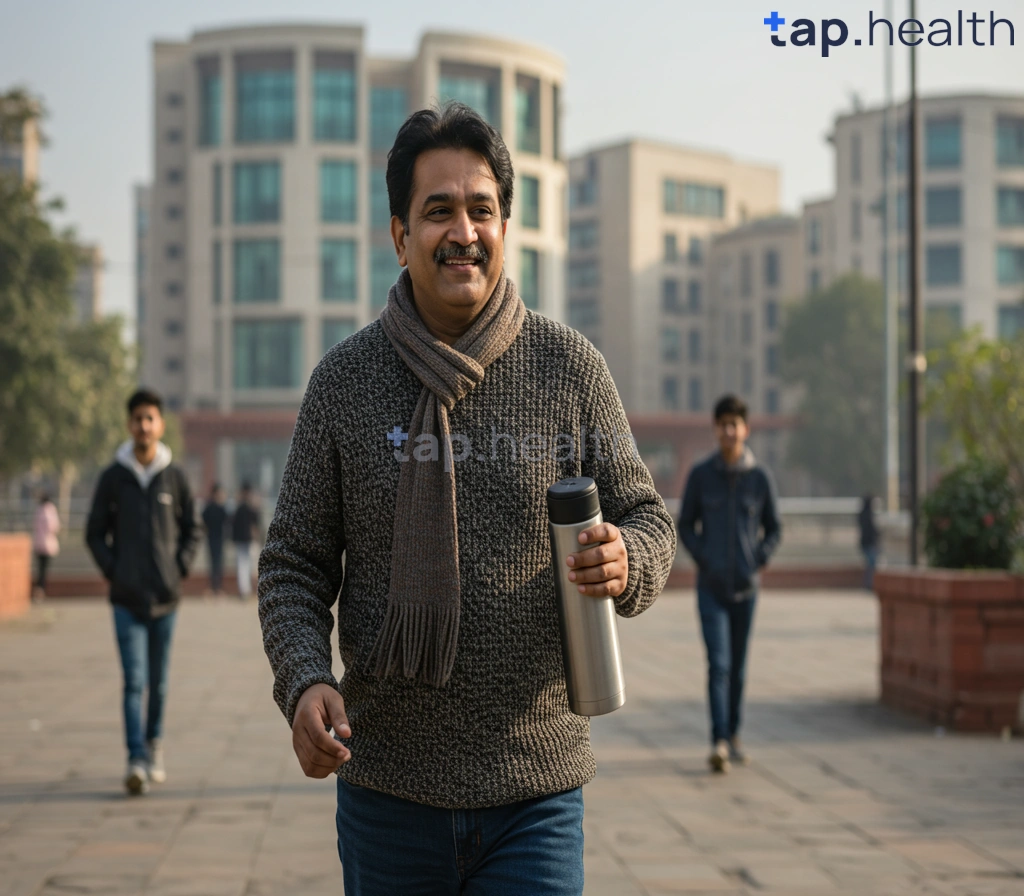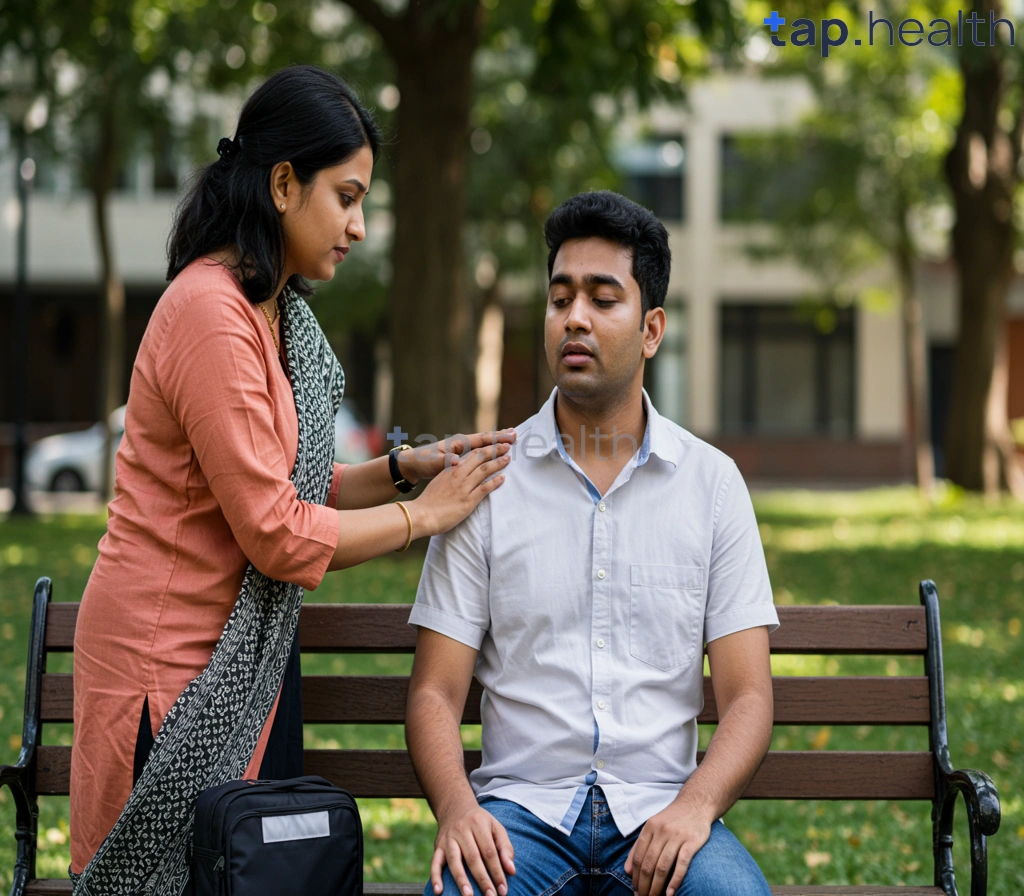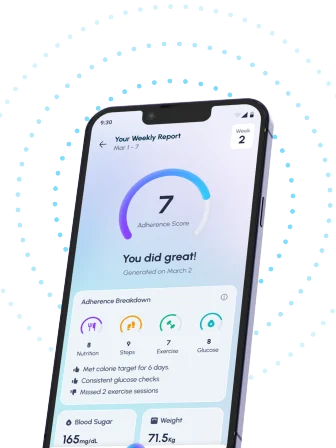Table of Contents
- Mastering Insulin: A Guide to Blood Sugar Control
- Effective Diabetes Management: Your Insulin Plan
- Understanding Insulin: Dosages and Types Explained
- Is Insulin Right for You? A Detailed Guide
- Optimize Your Blood Sugar: Mastering Insulin Therapy
- Frequently Asked Questions
Living with diabetes can feel like navigating a complex maze, especially when it comes to managing your blood sugar. Understanding insulin is key to unlocking a healthier, more manageable life. That’s why we created Mastering Insulin: Your Guide to Effective Diabetes Blood Sugar Management, a comprehensive resource designed to empower you with the knowledge and strategies you need. This blog will delve into everything from insulin types and administration techniques to troubleshooting common challenges and achieving better long-term health. Let’s embark on this journey together and take control of your diabetes!
Mastering Insulin: A Guide to Blood Sugar Control
Understanding Insulin Resistance in Tropical Climates
High blood sugar is a serious concern, particularly in tropical regions like India. It’s not uncommon – over 80% of people with type 2 diabetes struggle with insulin resistance, where your body’s cells don’t respond properly to insulin, leaving sugar in your bloodstream. This challenge is often amplified in warmer climates due to lifestyle and dietary factors. Think of it like this: your body’s ‘sugar-processing plant’ (insulin) isn’t working at full capacity, leading to a backlog.
Actionable Steps for Blood Sugar Management
Taking control means a holistic approach. Prioritize a diet packed with fresh, local produce. Think vibrant, colorful fruits and vegetables bursting with nutrients. Incorporating foods that boost insulin sensitivity, like fenugreek seeds (methi) and bitter gourd (karela), common and readily available in many parts of India, can make a real difference. And don’t underestimate the power of regular exercise – even a brisk 30-minute walk daily can significantly improve how your body uses insulin. For more in-depth tips on diet and exercise, check out our guide: How to Improve Insulin Sensitivity with Diet and Exercise.
Lifestyle Adjustments for Better Control
Stress and sleep deprivation are silent saboteurs of healthy insulin function. Imagine your body under constant pressure – it can’t function optimally. Finding ways to manage stress, like yoga or meditation, is crucial. Aim for 7-8 hours of quality sleep. And remember, a personalized plan tailored to your lifestyle, guided by your doctor or a certified diabetes educator, is key.
Seeking Support in Your Community
Connecting with others facing similar challenges is invaluable. Many communities offer diabetes support groups and educational programs – finding that local network can provide both practical advice and emotional support. Taking charge of your health is empowering, and consistent effort truly makes all the difference in managing your diabetes and living a full life.
Effective Diabetes Management: Your Insulin Plan
Understanding Your Insulin Needs in Hot Climates
Living with diabetes in a hot, humid climate like India’s presents unique challenges. Heat and sweat can significantly impact insulin absorption, causing blood sugar levels to fluctuate wildly—potentially rising quickly or dangerously dropping. While target blood sugar levels are generally below 140/90 mg/dL (some aim for below 130/80 mg/dL), consistent monitoring is crucial for maintaining safe levels. Regular checks are essential!
Adjusting Your Insulin Routine for the Heat
Summer heat requires careful consideration. Discuss potential insulin dose adjustments with your doctor, especially during heatwaves or periods of intense activity. Heavy sweating can accelerate absorption, potentially leading to hypoglycemia (low blood sugar). Conversely, dehydration slows absorption, increasing the risk of hyperglycemia (high blood sugar). Simple measures, such as drinking plenty of water and carefully timing meals around activity, can significantly improve management.
Lifestyle Tweaks for Tropical Living
To combat the heat, choose loose, light, breathable clothing. Schedule strenuous exercise for cooler times of day—early mornings or evenings are ideal. Maintain stable blood sugar levels by consuming a balanced diet rich in fruits and vegetables. For additional helpful tips, consult our guide: 10 Proven Tips for Effective Diabetes Management.
Team Up with Your Healthcare Provider
This information is for general guidance only and should not replace professional medical advice. Regular check-ups with your doctor or a certified diabetes educator are vital for creating a personalized management plan. Don’t hesitate to address any concerns—proactive management is key to effectively living with diabetes, regardless of the weather!
Understanding Insulin: Dosages and Types Explained
Insulin Basics for Effective Blood Sugar Management in India and Tropical Countries
Living with diabetes in India and other tropical countries presents unique challenges. The heat and humidity can impact how your body processes insulin, making careful management even more crucial. Understanding the different types of insulin—their onset and duration—is key. Need a quick fix for a post-meal sugar spike? Rapid-acting insulin’s your friend. For steady background control throughout the day and night, longer-acting insulins are essential. Think of them as your body’s steady sugar-level bodyguard.
Dosage Determination and Carb Counting
Finding the right insulin dose is a personal journey, a collaboration between you and your doctor. It’s not a one-size-fits-all situation. Carb counting plays a vital role; your body’s response to carbs directly affects your blood sugar. While aiming for 45-60 grams of carbs per meal is a good starting point, your individual needs may vary drastically. Think of it like this: a marathon runner will have different carb needs compared to someone with a desk job. Your doctor can help tailor a plan perfect for you, considering your lifestyle, weight, and other health factors. And remember, understanding the long-term effects is important; check out our article on Does Insulin Affect Kidneys? for more information.
Regional Considerations for Insulin Management
Heat and humidity can affect how your insulin works. Storing your insulin correctly is paramount – always check with your pharmacist for the best storage practices in your area. It’s also wise to keep a readily available source of sugar handy to treat low blood sugar episodes (hypoglycemia), especially in warmer climates.
Actionable Tips for Improved Blood Sugar Control
- Regular checkups: Stay in close contact with your diabetes care team.
- Healthy habits: A balanced diet and regular exercise are your best allies.
- Monitor your levels: Regular blood sugar monitoring gives you valuable insights.
Regularly reviewing your insulin plan with your doctor is crucial. This ensures you maintain optimal control and live a healthier, more fulfilling life, particularly within the specific climate and dietary context of India and other tropical nations.
Is Insulin Right for You? A Detailed Guide
Understanding Blood Sugar Levels
Keeping your blood sugar in check is vital, especially in tropical areas where lifestyle and diet can significantly impact your risk of diabetes. Think of it like this: your blood sugar is a delicate balancing act. Levels below 5.7% are generally considered normal; 5.7%–6.4% hints at prediabetes—a warning sign; and 6.5% or higher usually means diabetes. If your numbers fall into the prediabetes or diabetes range, it’s crucial to chat with your doctor about your options, including insulin.
When Insulin Becomes Necessary
Insulin is your body’s key to unlocking the energy stored in glucose. In type 1 diabetes, your body doesn’t make insulin, so you need it. With type 2 diabetes, insulin might become necessary if diet and exercise, even with medication, aren’t enough to keep your blood sugar stable. Your doctor considers things like your age, overall health, and HbA1c levels when making this call. For more on non-diabetic insulin use, check out this helpful article: How Much Insulin Can a Non-Diabetic Take?
Insulin Therapy in Indian & Tropical Contexts
Access to consistent insulin supplies and healthcare can be a real challenge in many tropical regions, including India. Finding a reliable source of insulin and mastering the injection technique is key. Regular check-ups with your doctor are essential to monitor your blood sugar, adjust your insulin dose, and manage any potential side effects. Sticking to your treatment plan is half the battle.
Taking Control of Your Diabetes
Smart choices about diet and lifestyle are game-changers. Think fresh, local fruits and vegetables, and swap those refined carbs for whole grains. Even short walks make a big difference in how your body uses insulin. Remember, getting timely medical advice and actively managing your diabetes are critical for long-term health.
Optimize Your Blood Sugar: Mastering Insulin Therapy in Tropical Climates
Navigating the Heat: Insulin and Tropical Living
Managing diabetes in hot, humid climates like those found across India and other tropical regions presents unique challenges. Think of it like this: your body’s already working overtime to regulate its temperature, and that can significantly impact how your insulin works and how your blood sugar responds. Maintaining healthy blood sugar levels—ideally, aiming for pre-meal levels between 80–130 mg/dL and post-meal levels under 180 mg/dL—is crucial for preventing long-term complications. That target range is your sweet spot for overall well-being.
Learn more about maintaining optimal blood sugar levels here.
Tweaking Your Insulin: Dosage Adjustments
Dehydration, a common issue in tropical heat, can throw a wrench into your insulin absorption, often leading to higher blood sugar readings. Staying well-hydrated is non-negotiable. Think of it as giving your insulin the best possible environment to work effectively. Increased sweating also changes your insulin needs; a chat with your doctor about seasonal adjustments is a must. And don’t leave home without glucose tablets or a sugary drink—a sudden drop in blood sugar can be a real jolt.
Food for Thought: Diet and Diabetes in Tropical Climates
Your diet is your secret weapon. Embrace fresh, local produce packed with fiber. Many tropical fruits, while naturally sweet, can find their place in a balanced diabetic-friendly diet – everything in moderation. Spicy food, a staple in many tropical cuisines, can sometimes impact blood sugar levels—pay attention to how your body reacts. A registered dietitian can provide tailored advice to help you navigate these delicious but sometimes tricky dishes.
Lifestyle Tweaks for Success
Regular exercise is vital, but adjust your routine to the heat. Early mornings or evenings are often better for workouts. Prioritize hydration throughout the day, especially when you’re active. Consistent blood sugar monitoring is key—it helps you fine-tune your insulin regimen and stay on top of things. Open communication with your healthcare team is essential.
Your Team: Expert Guidance is Key
Don’t hesitate to consult your doctor or a diabetes specialist. They can provide personalized guidance tailored to your unique situation and the specific climate you live in. Active participation in your treatment plan is crucial for long-term success.
Frequently Asked Questions on Mastering Insulin
Q1. What is insulin resistance, and why is it a greater concern in tropical climates?
Insulin resistance is when your body’s cells don’t respond properly to insulin, leaving sugar in your bloodstream. It’s more common in tropical climates due to lifestyle and dietary factors; essentially, your body’s ‘sugar-processing plant’ isn’t working at full capacity.
Q2. How can I adjust my insulin routine to manage diabetes effectively in hot weather?
Heat and sweat impact insulin absorption. Monitor your blood sugar regularly and discuss potential dose adjustments with your doctor. Heavy sweating accelerates absorption (risk of hypoglycemia), while dehydration slows it (risk of hyperglycemia). Stay hydrated and time meals around activity.
Q3. What are the key lifestyle changes that can improve my blood sugar control in a tropical climate?
Prioritize a balanced diet with fresh, local produce and foods that boost insulin sensitivity (like fenugreek seeds and bitter gourd). Exercise regularly, manage stress (yoga, meditation), get enough sleep (7-8 hours), and wear loose, light clothing during the hottest parts of the day. Schedule strenuous exercise for cooler times.
Q4. How do I determine the right insulin dosage, and what is the role of carb counting?
Finding the right insulin dose is a personalized process involving your doctor. Carb counting is vital; your body’s response to carbs affects blood sugar. Aim for 45-60 grams of carbs per meal as a starting point, but your needs may vary. Your doctor will tailor a plan based on your lifestyle, weight, and other factors.
Q5. When should I consider insulin therapy, and what are the challenges of insulin management in tropical regions?
Insulin is necessary for type 1 diabetes. For type 2, it may be needed if diet, exercise, and medication aren’t enough to control blood sugar. In tropical regions, challenges include access to consistent insulin supplies and dealing with heat’s impact on absorption. Proper storage and regular check-ups are crucial.




